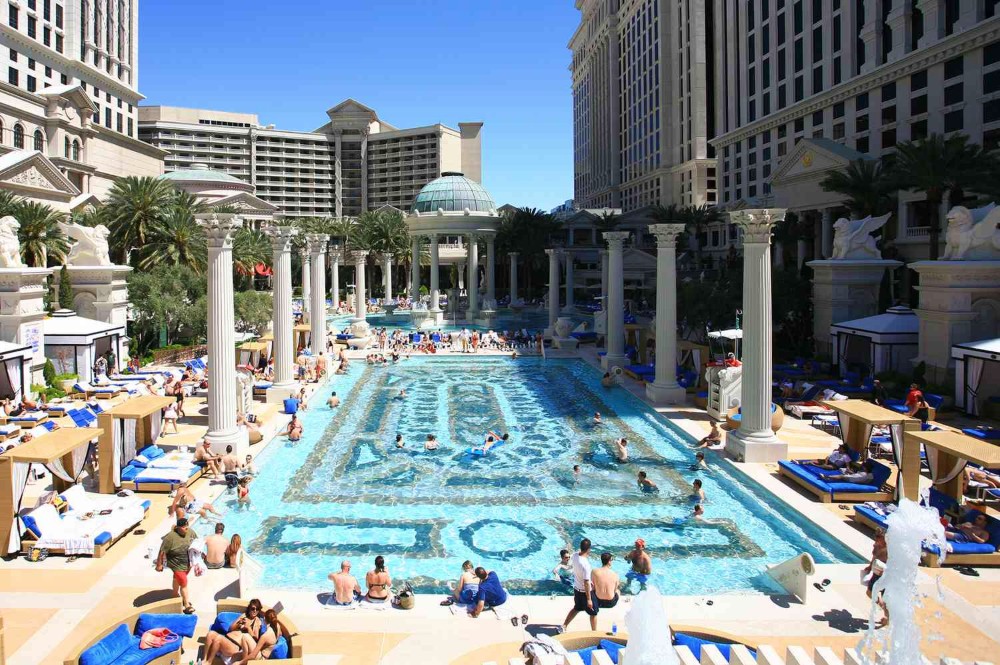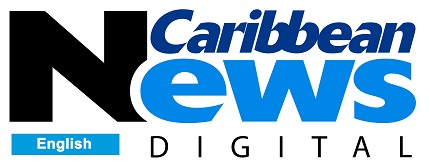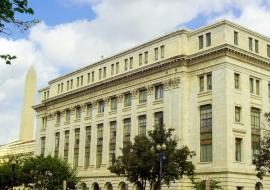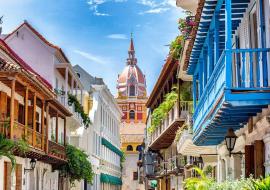Trouble in Sin City: Las Vegas Struggles with Tourism Downturn

Las Vegas, long regarded as the entertainment capital of the world, is facing a significant tourism downturn. Hotel occupancy rates have dropped by as much as 15% year-over-year, and industry insiders warn that the city’s high prices are pushing travelers away in favor of more affordable options.
Visitors are expressing frustration over the rising costs of basic amenities. Reports cite $9 cups of coffee, $100 buffet meals, and inflated resort fees as major deterrents. These price hikes come at a time when global inflation is already impacting vacation spending habits.
The economic decline is hitting hospitality workers particularly hard. Bartenders, servers, and entertainers—many of whom rely on tips—have seen their income drop by 40–50%, despite recent federal moves to protect tip-based earnings from taxation. The downturn is leading to rising dissatisfaction and concerns about worker retention.
Some analysts suggest that Las Vegas has overextended its luxury offerings, creating a pricing mismatch with the average tourist’s expectations. Visitors from Canada, Mexico, and Europe are increasingly opting for cities like New Orleans, Chicago, or even Toronto, where the cost-to-value ratio is perceived as more balanced.
Beyond economics, experts say that broader concerns about U.S. political tensions and public safety are also deterring foreign travelers. For a city dependent on both domestic and international tourism, this multi-layered crisis could have long-term implications.
City officials and the Las Vegas Convention and Visitors Authority are exploring recovery strategies, including new promotions targeting mid-range travelers, increased event programming, and efforts to diversify the visitor profile beyond casino-goers.














